Henning Larsen Architects, COBE and SLA to Design European Spallation Source (ESS)
By Bustler Editors|
Thursday, Feb 28, 2013
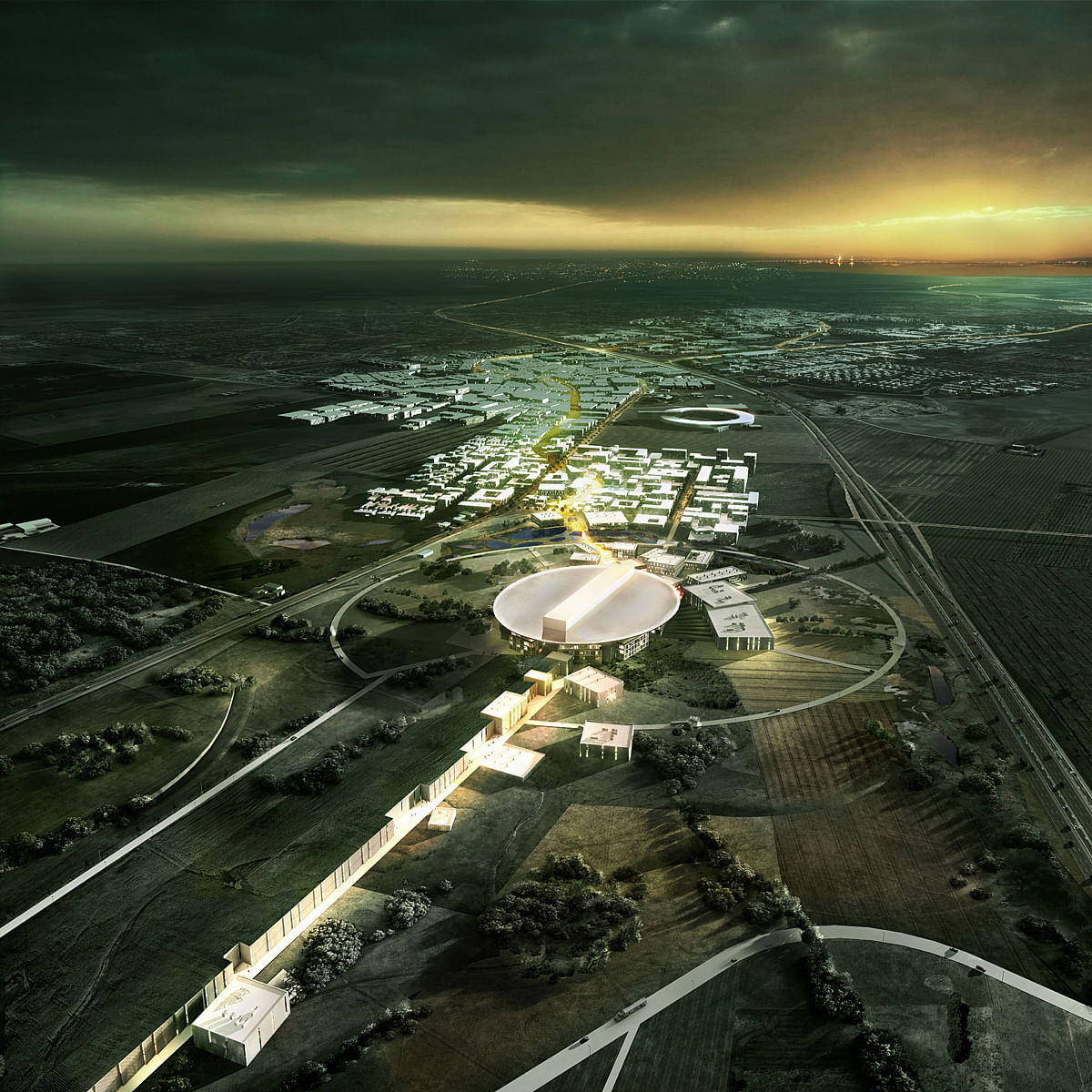
Related
In the international design competition for the European Spallation Source (ESS), in Lund, Sweden the architectual team consisting of Henning Larsen Architects, COBE, and SLA has emerged victoriously. The team also includes the engineering partners Buro Happold, NNE Pharmaplan, and Transsolar. The winning proposal beat out tough competition from international design heavy hitters like Foster + Partners, BIG, HOK, or Mecanoo.
ESS will become the world's largest and most advanced facility for neutron-based research.
Project Description from the Architects:
The European Spallation Source (ESS) will become the world's largest and most advanced research facility for neutron-based research. ESS is located in the university city of Lund in southern Sweden. ESS will be a research campus with a more than 600 metres long proton accelerator and a 180 metres long hall in which the protons hit a target and send neutrons off to a number of halls with measuring instruments. In the instruments, the neutrons are used to analyse the materials that the researchers are studying. ESS will also contain a number of facilities for researchers: laboratories, offices and a lecture hall. A total of 100,000 m2 will be built.
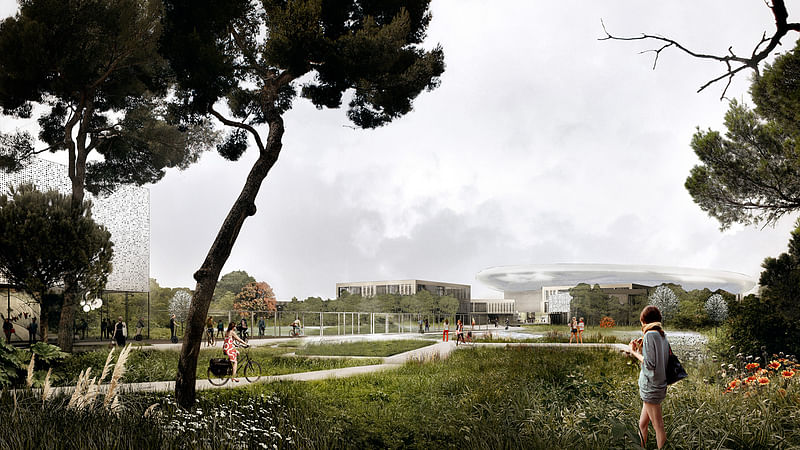
ESS will become part of a global research community. Researchers will travel there from every corner of the world, and they must be provided facilities that allow them to focus on their research. They also need space for meeting other researchers and the opportunity to become part of an international network with ESS as a rotation point.
At ESS, researchers will work in a setting that supports meetings across disciplines and research fields. In the atriums found in the buildings, visiting researchers will be able to meet each other informally, inspire each other, exchange ideas and share their knowledge. When the weather permits, the outdoor areas will also offer a plethora of places to stay in.

The architecture is inspired by one of the most important elements in the spallation process, the tungsten disc. The disc and the tungsten metal are used as visual metaphors that mark the centre of the research facility: a large, circular roof above the hall that holds the tungsten disc. This will become a point of orientation for the campus area at ESS, and it will make ESS stand out in relation to the research facility Max IV and Lund Science Village.
The facades of the buildings in the ESS area vary according to the individual building function. A number of facade concepts have been developed offering different materials and degrees of openness. The halls comprising the proton accelerator and the tungsten disc offer closed, industrial facades. The facades at the other end of the area, where the researchers will move around, feature a high degree of openness and feature materials with a greater degree of materiality, e.g. wood.
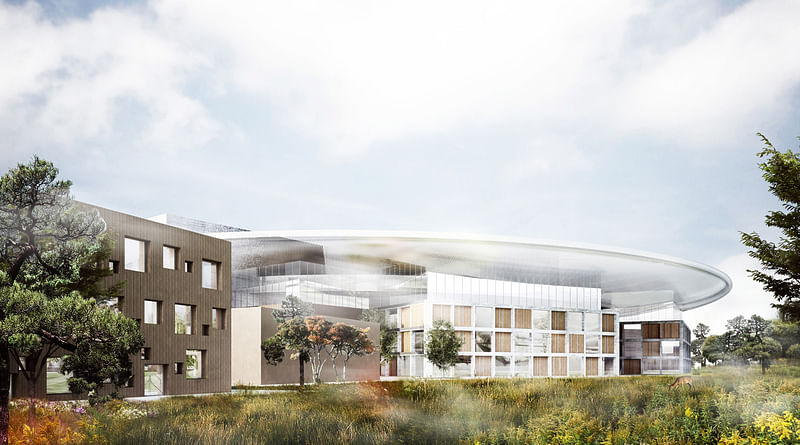
The research centre will be partly open to the public. A visitors' centre will be established on the site, where visitors can gain an insight into the research activities taking place at ESS. The visitors' centre will make it possible to present changing exhibitions.
The plan for the campus area supports ESS' future growth and retains the basic planning principles by following a number of simple rules for future extensions. ESS will grow as an open environment for researchers and also, in parts, for the public.
In the campus area, the landscape is used to manage rainwater from both ESS and Lund Science Village. Rainwater will be directed to low-lying areas where it will create a new wetland with lakes, bogs and meadows. The wetland will become an attraction in the local area with its great diversity of flowers, insects and birds. At the same time, it will create a barrier as an important part of the security measures that are necessary in connection with ESS.
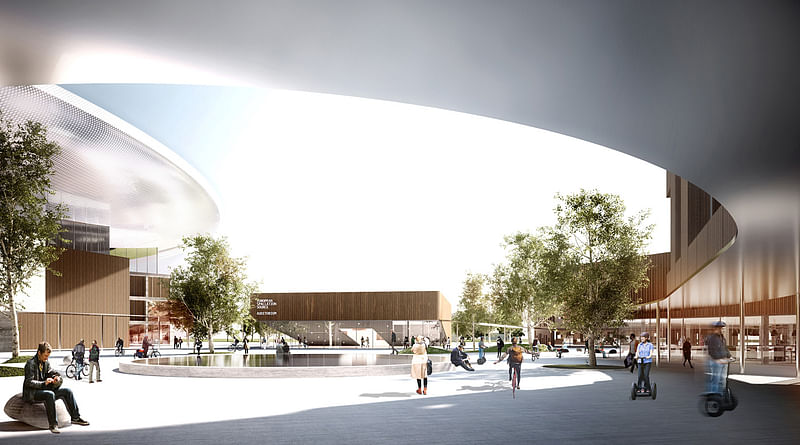
Sustainability
The facades on all laboratories and office buildings have been designed with a view to creating the best possible relation between indoor climate, daylight and energy consumption. Consideration has been paid to the rooms' functions and the orientation of the facades. Daylight analyses of the rooms help to create optimum working conditions for the users and ensure a low energy consumption.
The part of the campus area comprising offices and laboratories has been analysed in terms of wind conditions so that the buildings will create shelter and make it possible to stay outdoors for 2-3 weeks more per year than would be the case with a conventional plan. The wind analyses also contribute to improving the microclimate so that it has a positive effect on the buildings' energy consumption.
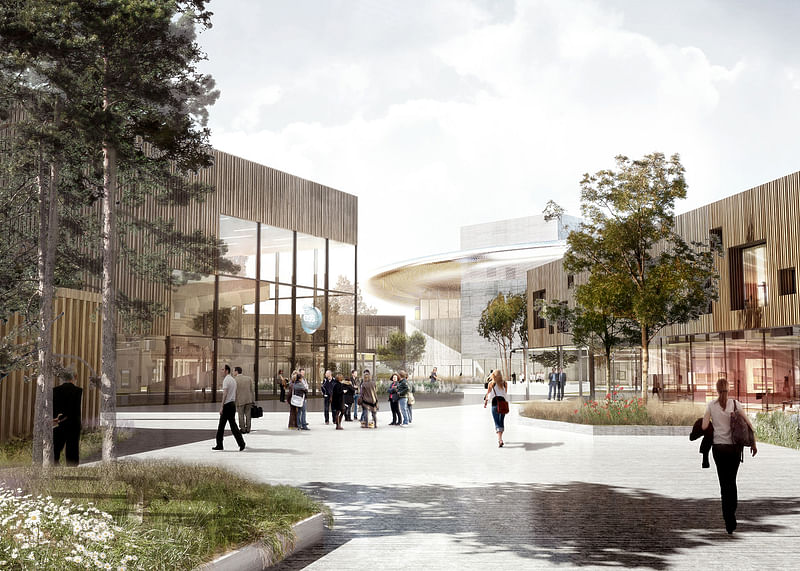
About the competition
The international design competition was conducted during the second half of 2012. February 2013, Henning Larsen Architects was selected to design the ESS research centre. In a large international design contest, two winners were chosen: the concept by the team Henning Larsen Architects, and the concept by the team of BIG. In the end, Henning Larsen Architects was selected to develop the final design. Apart from the winning team, four other teams participated in the competition:
- Benthem Crouwel, West 8, Arup, Mandaworks
- Foster + Partners, Peter Walker and Partners, Research Facilities Design, Rambøll, Berg/CF Møller
- Tengbom, Mecanoo, Buro Happold
- BIG, HOK, Topotek1/MAN MADE LAND
In the assessment of the different proposals, the judges placed emphasis on the architectural vision, flexibility, financial and functional feasibility, security, sustainability, environmental impact and processual understanding.
ESS writes about the winning proposal: “The proposal shows great skill and sensitivity in creating in-between spaces and a strong urban context. There is strength in the campus concept and the possibility to achieve differentiation and variation in buildings and places. The link to Science Village is a clearly expressed theme well developed in the proposal. There is a human scale represented as well as a dramatic scale in the size of the roof structure."

About the European Spallation Source (ESS)
The European Spallation Source (ESS) will become the world's largest and most advanced research facility for neutron-based research. ESS is located in the university city of Lund in southern Sweden, and it is run by the Danish and Swedish governments. It is a joint European project with a total of 17 countries participating in the project. Along with the research facility Max IV and Lund Science Village it will become a global power centre for research.
Research at ESS is expected to commence in 2019, while the entire facility will be completed by 2025. ESS will be an accelerator-based neutron research laboratory that will be far more powerful than existing facilities. It is expected that between 2,000 and 4,000 researchers will use the facilities each year. The technology can be used for research in everything from medicine to archaeology and sustainable energy sources.
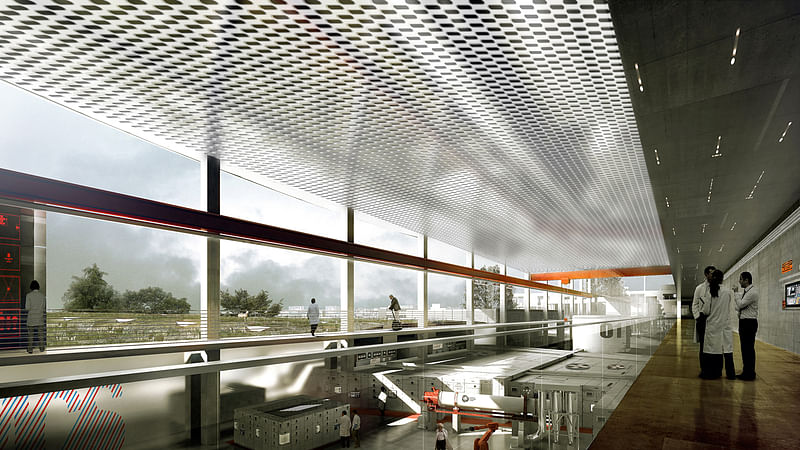
Project Details:
Project title: ESS – European Spallation Source
Location: Lund, Sweden
Client: ESS – European Spallation Source
Architects: Henning Larsen Architects and COBE
Landscape architects: SLA
Engineers: Buro Happold, NNE Pharmaplan and Transsolar
Consultant: Head of Programme Bent Lauritzen, DTU Nutech
Gross floor area: 100,000 m2
Construction period: 2013-2025
Assignment type: First prize in international competition
Team from Henning Larsen Architects: Jacob Kurek (responsible partner), Michael Sørensen (lead design architect), Helle Basse Larsen (project manager), Mikkel Eskildsen, Daniel Baumann, Martha Lewis, Silke Jörgenshaus, Hanan Ghizzaui, Magnus Kramhøft, Kyd Kitchaiya, Sebastian Mardi, Grace Xu, Uyen Phan and Erlend Lindstad (model).
3D illustrations: Christian Schjøll
Concept for sustainability: Jakob Strømann-Andersen
Team from COBE: Dan Stubbergaard (responsible partner), Thomas Krarup (lead design architect), David Engell Jessen, Johanne Holmsberg, Rune Veile, Frederik Lyng, Greta Tiedje, Louise Boss Mortensen and Dimitrie Gridorescu
Team from SLA: Stig L. Andersson(responsible partner and lead design architect), Katrine Sandstrøm and Laura Parsons
Find also drawings of the winning scheme in the image gallery below.


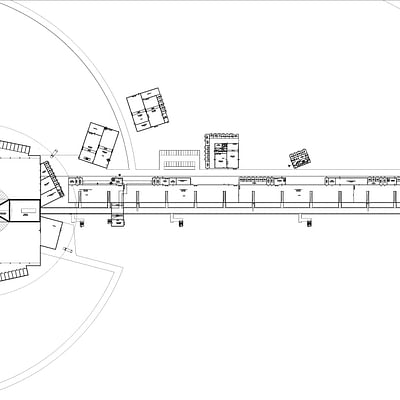


Share
0 Comments
Comment as :